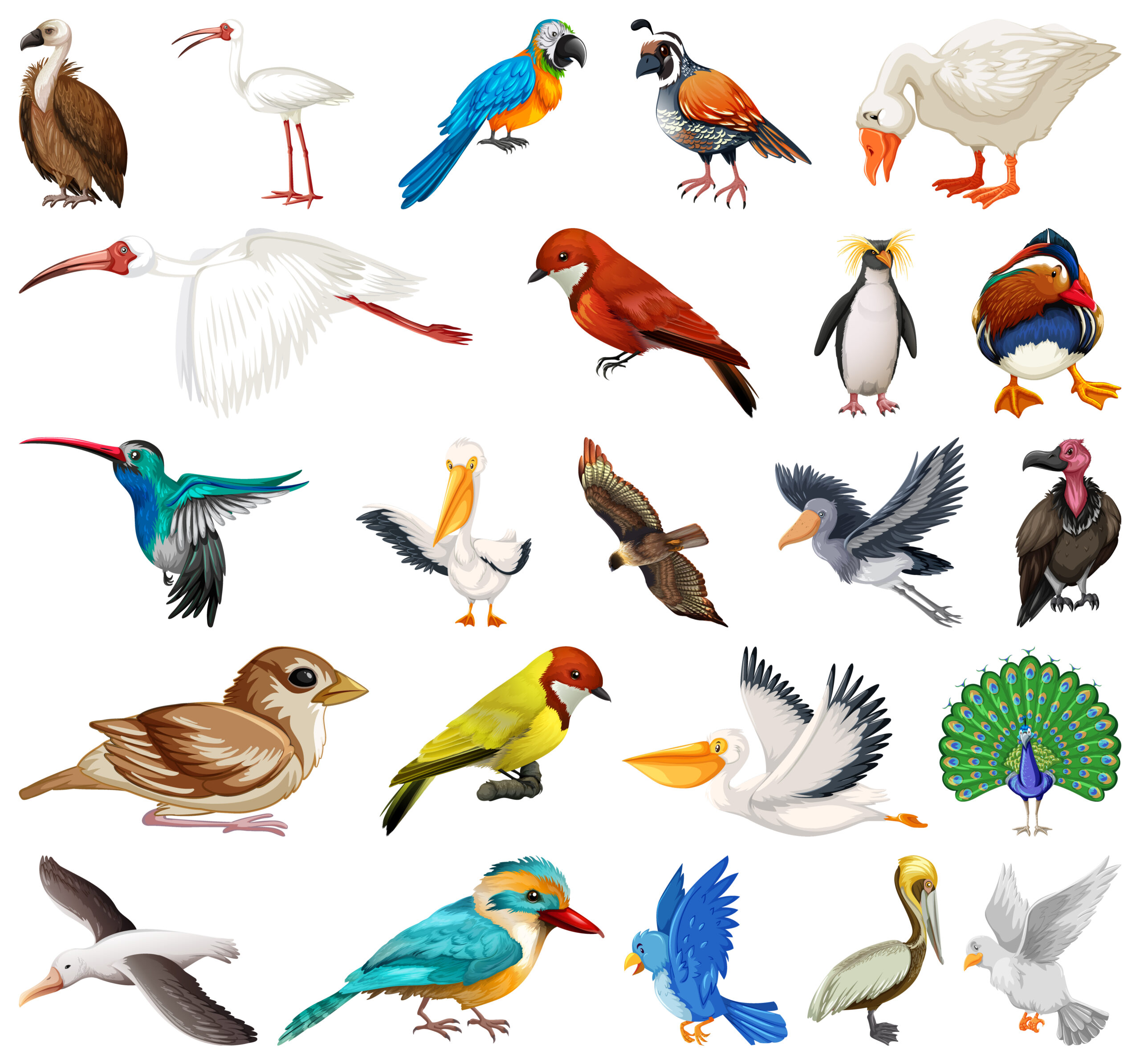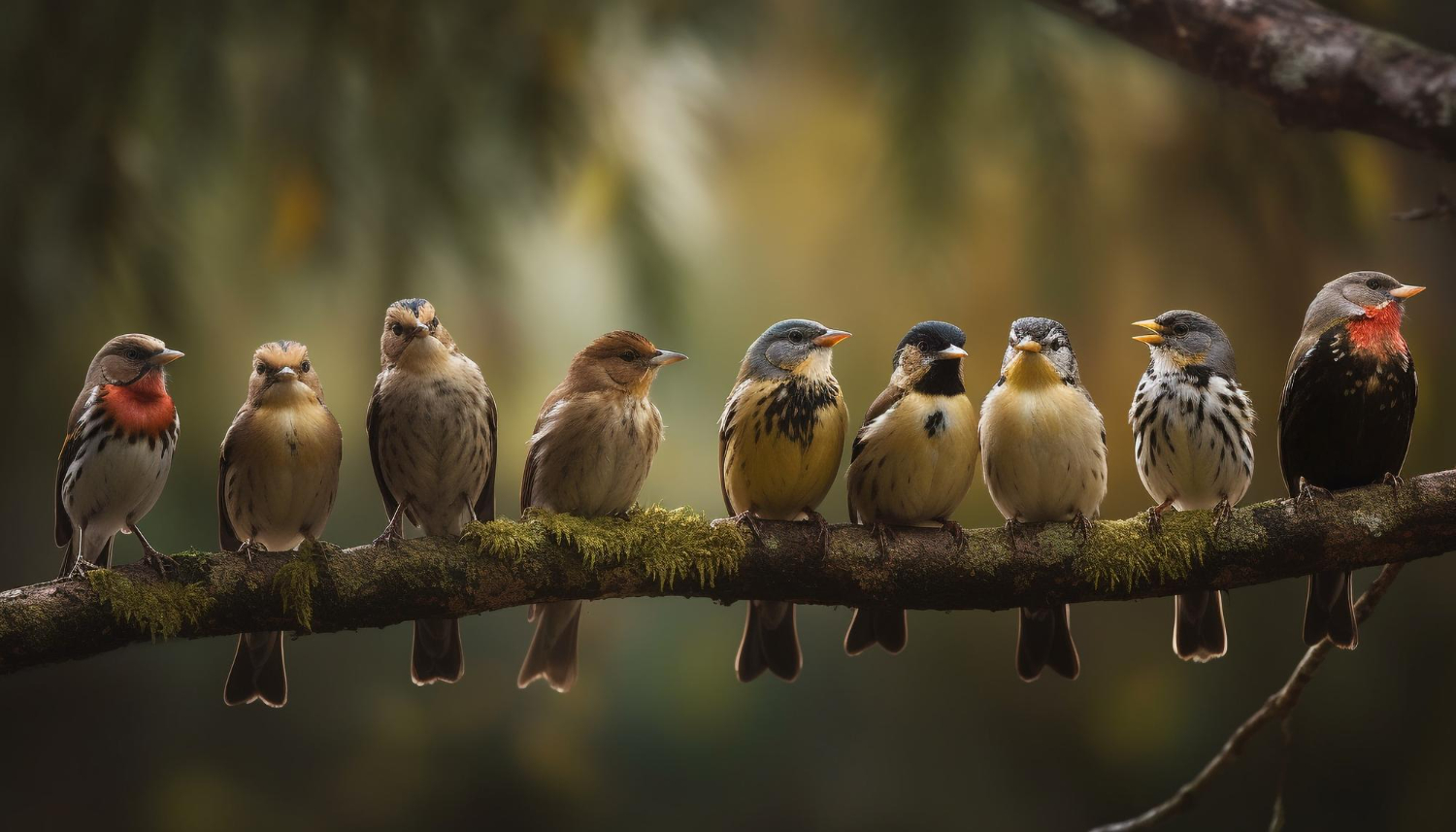The peacock birds is one of nature’s most extraordinary creatures, celebrated for its dazzling beauty and cultural significance. In 2025, these iconic birds continue to capture the hearts of bird enthusiasts and nature lovers around the world. From their stunning features to their unique habitats, there’s so much to learn about the peacock birds. Let’s dive into the details to explore what makes this bird so remarkable.
What is a Peacock Birds?
The peacock birds is a term commonly used to describe male peafowls, which belong to the pheasant family. There are three species of peafowl: the Indian peafowl, the green peafowl, and the Congo peafowl. While the males are referred to as peacocks, the females are called peahens, and together, they are known as peafowl.
The peacock birds is best known for its extravagant tail feathers, called a train, which it displays during courtship rituals. These shimmering feathers, adorned with eye-catching patterns, have made the peacock birds a symbol of beauty and elegance in cultures worldwide.
The Stunning Features of the Peacock Bird
The peacock birds is renowned for its striking appearance, which sets it apart from other birds. Its most famous feature is its train, made up of more than 200 elongated upper tail feathers. These feathers are iridescent, reflecting different colors such as blue, green, and gold when exposed to sunlight.
The train is not just beautiful but also functional. During courtship, the male peacock bird fans out its train to form a stunning display that captivates potential mates. This display, accompanied by a series of calls and movements, showcases the bird’s health and vitality.
The peacock birds also has a vibrant blue or green body, depending on the species. Its crest, a crown-like arrangement of feathers on its head, adds to its regal appearance. Female peafowl, though less colorful, possess a more subdued beauty, with brown and green tones that help them blend into their surroundings.
Habitats of the Peacock Bird
The peacock birds thrives in a variety of habitats, from lush forests to semi-arid regions. Each species has its own preferred environment:
- Indian Peacock Bird: Found mainly in India and Sri Lanka, this species lives in deciduous forests, grasslands, and near water sources. It is highly adaptable and can even survive in agricultural areas.
- Green Peacock Bird: Native to Southeast Asia, the green peacock birds prefers dense forests and bamboo groves. Its habitat is more specific, making it more vulnerable to habitat loss.
- Congo Peacock Bird: Endemic to the Congo Basin in Africa, this species inhabits dense rainforests. Unlike its Asian relatives, it is less flamboyant in appearance but equally fascinating.
In 2025, conservation efforts are focused on protecting the natural habitats of the peacock birds to ensure its survival amid growing environmental challenges.
The Peacock Bird in Culture and Mythology
The peacock birds holds a special place in cultures across the world. In India, it is the national bird and a symbol of grace and beauty. Hindu mythology often associates the peacock birds with gods and goddesses, particularly Lord Krishna, who is depicted wearing a peacock feather.
In ancient Greece, the peacock birds was linked to Hera, the queen of the gods. Its tail feathers were said to represent the eyes of Argus, a giant with many eyes who served Hera.
Even today, the peacock bird continues to inspire art, fashion, and design, with its colors and patterns serving as a source of creative inspiration.
Why is the Peacock Bird’s Train So Special?
The train of the peacock bird is not just about beauty—it’s a powerful tool for survival and reproduction. The intricate “eye” patterns on the feathers are designed to mesmerize predators and rivals alike. During courtship, the male’s train helps attract females, who choose mates based on the size and vibrancy of the display.
Interestingly, the train does not hinder the bird’s ability to move. The peacock bird is capable of running, jumping, and even flying short distances, despite the size of its train. This combination of beauty and functionality makes the peacock bird truly unique.
What Do Peacock Birds Eat?
The peacock bird has a diverse diet, which contributes to its adaptability. It is an omnivorous bird, feeding on a variety of foods such as:
- Grains and seeds
- Fruits and berries
- Insects like ants, termites, and beetles
- Small reptiles and amphibians
This varied diet helps the peacock bird survive in different environments, from forests to farmlands. In areas where they coexist with humans, they often feed on leftover crops, further demonstrating their adaptability.
How Does the Peacock Bird Behave?
The behavior of the peacock bird is fascinating to observe. These birds are social creatures, often found in small groups consisting of a male and several females. Males are territorial and use their loud calls and impressive displays to establish dominance.
During the breeding season, the male peacock bird becomes highly active, performing elaborate dances and spreading its train to attract females. Once the female chooses a mate, she builds a nest on the ground, where she lays and incubates her eggs.
The chicks of the peacock bird are precocial, meaning they are relatively mature and mobile shortly after hatching. They quickly learn to forage and stay close to their mother for protection.
Threats to the Peacock Bird in 2025
Despite its adaptability, the peacock bird faces several threats in 2025. Habitat loss due to deforestation, urbanization, and agriculture is the biggest challenge. Illegal hunting and poaching for their feathers also pose significant risks.
Climate change is another concern, as rising temperatures and changing weather patterns impact the peacock bird’s habitats and food sources. Conservation efforts are crucial to ensure the survival of these stunning birds.
Conservation Efforts for the Peacock Bird
In 2025, various initiatives are underway to protect the peacock bird and its habitats. These include:
- Habitat Restoration: Reforestation and the creation of protected areas help provide safe environments for the peacock bird.
- Education and Awareness: Teaching local communities about the importance of the peacock bird encourages conservation efforts and reduces hunting.
- Wildlife Laws: Strict regulations against poaching and illegal trade help protect the peacock bird from exploitation.
Supporting these efforts can make a big difference in preserving the beauty of the peacock bird for future generations.
Fun Facts About the Peacock Bird
- The tail feathers of the peacock bird make up about 60% of its total body length.
- The train is shed and regrown every year, ensuring that the display remains vibrant.
- The loud call of the peacock bird can be heard over long distances and is often used to communicate during the breeding season.
- While male peafowl are called peacocks, the term “peacock bird” is commonly used to refer to the species as a whole.
The Peacock Bird and You
Observing a peacock bird in the wild or even in a zoo is a memorable experience. These birds remind us of the beauty and complexity of nature. In 2025, efforts to conserve the peacock bird also highlight the importance of protecting biodiversity.
If you’re inspired by the peacock bird, consider visiting a local wildlife sanctuary or supporting organizations that work to protect these majestic creatures. By learning more about them and their habitats, you can contribute to their survival.
Conclusion
The peacock bird is more than just a bird—it’s a symbol of nature’s wonder and resilience. From its stunning features to its diverse habitats, this bird continues to inspire and captivate people around the world. In 2025, let’s celebrate the peacock bird and take steps to protect it, ensuring that future generations can marvel at its beauty and grace.




Pingback: 2025 NFL Thursday Night Football Schedule: Printable & TV Info - News Directory 3
Pingback: U.S. Open 2025: Watch McIlroy Round 2 - TV, Stream & Schedule - News Directory 3